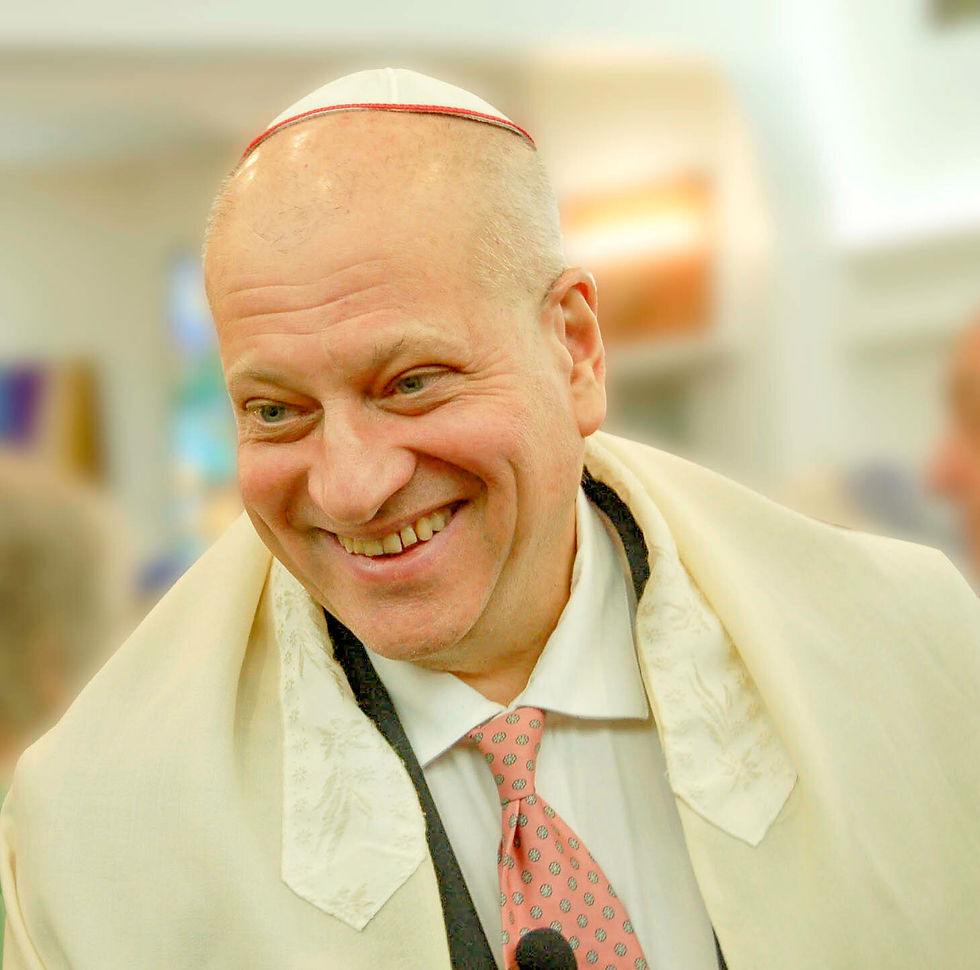Conference in Germany
- danaevankaplan
- Aug 4, 2016
- 2 min read

I was thrilled to be invited to deliver a paper at an academic conference in the Federal Republic of Germany called “Re-Framing American Jewish History and Thought: New Transnational Perspectives.” It was sponsored by the University of Potsdam and co-sponsored by the Zentrum Judische Studien, with funding from the Federal Ministry of Education and Research. The University of Potsdam has done an amazing job in building up an extensive Jewish studies program, plus a School of Jewish Theology, which trains Reform rabbis. This is the fulfillment of Rabbi Abraham Geiger’s hope, dating back to the 1840s, that a REform rabbinical school could be connected with a state university in the same way that Christian ministry training programs have historically been connected with German universities.
I spoke on the second morning of the conference on a panel called transnational encounters in religion and theology. There were suppose to be three people on the panel, but Rabbi Jorg Jehoschua B. Ahrens from Lucerne, Switzerland, who was going to talk about Jewish-Christian dialogue in Europe after World War II had to cancel, so there was just myself and Claire Maligot, of Paris, who spoke on American-Jewish contributions to the Second Vatican Council, 1960-1965. I spoke on the German and British influences on American Reform Judaism between 1945 and 1975, particularly on what I call the “crabgrass frontier,” which is a phrase from Kenneth T. Jackson that describes “the uniquely American experience of suburbanization.” I was amazed to see how much influence German Jews, both refugees and survivors, had on the American Reform movements.
The conference was a lot of fun and met in several different locations. The University of Potsdam has three separate campuses. In addition, we went to Berlin to hear Professor Michael A. Meyer speak on Wednesday night on how American Jews related back to their places of origin. The University of Potsdam has a beautiful campus. Some of their more historical buildings have been named as world heritage sites by UNESCO. The Institute of History is located in the Sanssouci Park, and we walked through the park a couple of times to get from the hotel to the conference location. Sanssouci is the former summer palace of Frederick the Great and is often considered the German equivalent of the Palace of Versailles. It has a palace that was built in the 1740s so that King Frederic could relax away from the formality of the Berlin court.
The conference was a wonderful opportunity to present some of the ideas I have been working on and to discuss research and writing with colleagues, some of whom were long-time acquaintances. I hope to be able to publish some of this work in the not-so-distant future, as well as to apply some of the insights to making congregational life more effective.





Comments